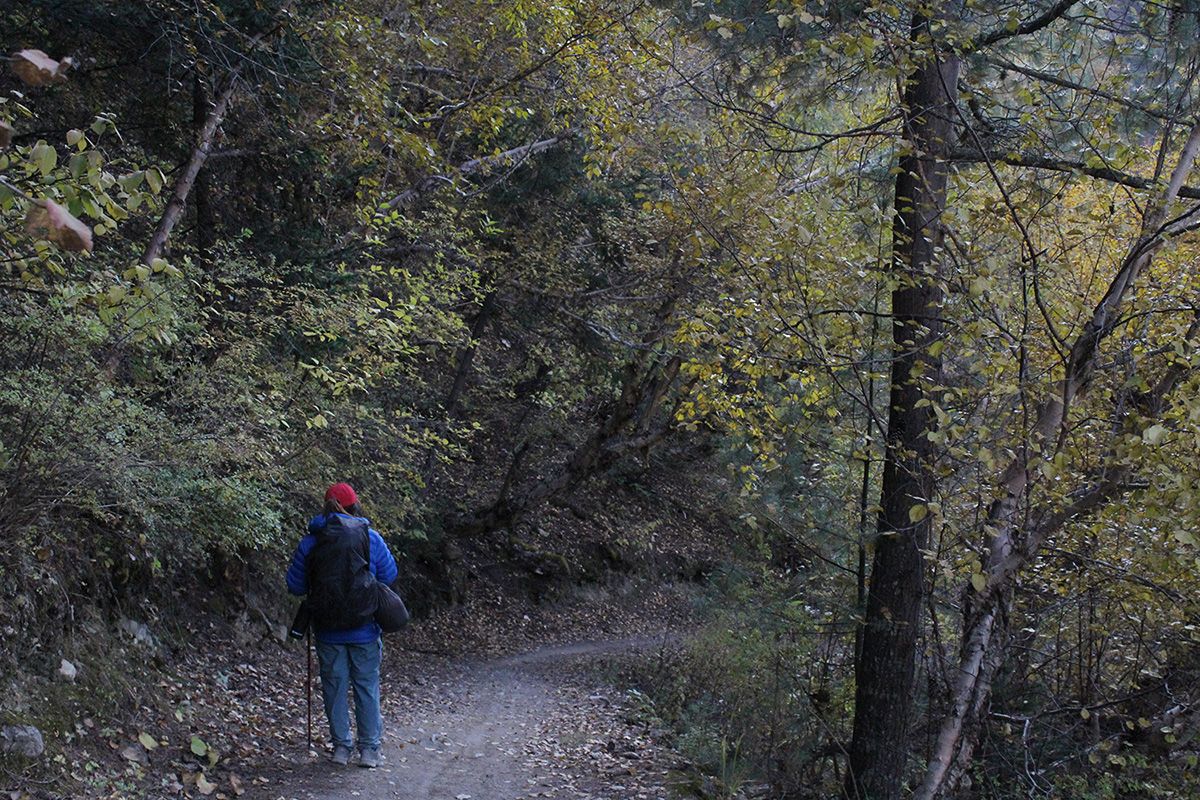Outdoor vacations require planning just like any other vacation. Depending on what you are doing and duration, you may still need to find accommodations and make travel arrangements. Regardless of what details you must handle for your particular trip, every vacation requires proper preparation by determining what items you will need on your trip.
Whether you will be a tourist traveling around Europe or enjoying the fresh outdoors hiking through the wilderness, any trip is more enjoyable when you are prepared to allow you to just enjoy the surroundings whether it is a beach or the countryside.
If you are planning a hiking trip, you will definitely want to bring along a backpack but not just any backpack. With so many choices in backpacks today, it helps to first get a general view of what is available. Shopping for a backpack could get overwhelming, especially for the beginner hiker.
First, consider what you intend to carry which is usually determined by the length of the hike, the location, and anticipated conditions. An overnight stay with a restaurant or snack bar, for instance, does not require you to carry the same items as a weeklong trip through the wilderness.
You will need approximately one gallon of water per day, though it varies by activity, your size, and the weather conditions. But, one gallon is a good starting point with which to estimate how much water you should bring and what size backpack you will need.
Take the same approach with food. If you are only taking a short day hike, you may be fine on with no or very little food which means you will not need to haul around such a large backpack. Keep in mind, though, that you do need fuel while hiking as it burns a lot of calories. Keeping yourself hydrated is the most important, but your body does need fuel and nutritional components found in food.
Another factor to consider is your overall fitness level. If you are in good shape, you will be able to handle a larger backpack and carry more weight. With that said, though, no one should go overboard as a heavy load can contribute to fatigue. Experienced hikers even aim to minimize the load they carry on a hike.
Also, consider how you plan to carry the backpack and weight. Most backpacks have many internal and external flaps, pockets, buckles, and loops to attach add-on items. As you suspect, the weight of the backpack is not just what you put inside but also what you attach on the outside. However, aim to keep the majority of the weight inside because it can otherwise lead to imbalance making it more difficult to carry.
Generally, try to minimize what you need but do not leave out essential items. Think confined, light and definitely comfortable. You will be carrying it around for hours or maybe even days, so be sure you have taken the time to find the right fit with the right shoulder and belt straps.


